Eight different versions of the portrait bust of Alexander Pope by the famous sculptor Louis François Roubiliac have been brought together at Waddesdon Manor. We asked curator Malcolm Baker (of the University of California, Riverside) about ‘Fame and Friendship’, what it tells us about these two great figures of the 18th century, and the challenges of realising such a focused display.
Can you tell us a bit about the exhibition?
The exhibition centres around eight versions of the portrait bust made of Alexander Pope, the greatest poet of 18th-century Britain and and a national worthy in his own lifetime, by the leading sculptor of the period, Louis François Roubiliac. As well as linking these two figures, the exhibition presents these subtle and powerful images within the context of two contemporary phenomena – the emergence of the newly independent author, in the form of Pope, and the new centrality of the portrait bust as a mode of representation, brought about largely by Roubiliac.
What makes this a distinctive show?
No 18th-century figure was portrayed more frequently than Pope. In this exhibition we have brought together some of the key painted portraits of Pope with a selection of his texts and used these as an introduction or complement to the sculpted images of the poet. Drawing on a long tradition of busts of authors, and preceded by Rysbrack’s early marble, Roubiliac’s representation of the poet is at once the most vivid and intimate of all Pope’s portraits and the image of him which was most frequently reproduced during the 18th century. Intended to be looked at closely, Roubiliac’s marbles of the poet continue to have an engaging intensity, achieved in part by the subtlety of their surfaces. This group of eight autograph versions also constitutes by far the fullest example we have from the early 18th century of sculptural replication.
How did you come to curate this exhibition?
I have for many years been working on a study of the portrait bust (due to be published by Yale University Press in November as The Marble Index) and so have long been interested in Roubiliac’s busts of Pope. Following the Rothschild Foundation’s acquisition of the Pope bust which had until the 1960s been paired with the bust of Newton purchased around then by Lord Rothschild, we initially thought of bringing this marble Pope together with the Yale version. From this the idea emerged of bringing all the autograph Roubiliac busts together of Pope together, ambitious though this was. This was made possible by a very productive collaboration between the Yale Center for British Art and the Rothschild Foundation at Waddesdon Manor – two ideal venues for this show.
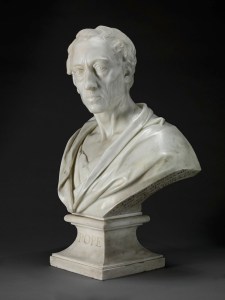 What is likely to be the highlight of the exhibition?
What is likely to be the highlight of the exhibition?
To see eight versions of the same bust – one of the most compelling and penetrating of British portrait busts – together in one space is in itself a high point. These were generously lent by eight separate owners, both private and institutional, all of whom saw the point immediately and made a great commitment to the project. Assembled together, they offer a unique opportunity to understand how 18th-century sculptural practice worked. But, quite apart from that, the juxtaposition of these eight images – seemingly the same but clearly different – immediately engages the visitor in an intriguing visual puzzle, which requires no knowledge of Pope or Roubiliac to be absorbing.
And what’s been the most exciting personal discovery for you?
One thing that has always interested me about Roubiliac’s busts of Pope is the way in which this very public genre is, in these examples, given a private quality. It has been assumed that the early examples of this model were made for Pope’s close friends but until recently this has been difficult to document. My discovery of the bequest by the 2nd Earl of Mansfield to the 4th Earl Fitzwilliam of the Pope bust made for William Murray not only establishes that this bust must be the one formerly in the Fitzwilliam family and now in a private collection, but also allows us to make a string of connections between various busts which articulated the friendship between Pope and Murray over many years. In this exhibition we have been able to bring together Murray’s bust of Pope and his own closely related bust by Nollekens, so uniting two images that were separated in 1796.
What’s the greatest challenge you’ve faced in preparing this exhibition?
One challenge was obviously that of persuading owners to lend works, which were both much prized and delicate; this demanded considerable diplomatic skills but all these owners were highly responsive and supportive of the exhibition’s serious aims. A challenge of a different sort lay in presenting in a concise way some of the key points from the formidable body of Pope scholarship and linking these with both the painted and sculpted portraits.
How are you using the gallery space? What challenges will the hang/installation pose?
Two adjacent rooms at Waddesdon seemed ideal for the structuring of the exhibition into two parts. The smaller Red Ante-Room was well suited to the light-sensitive published texts of Pope and the selection of painted portraits that made up the first part of the show. The larger White Drawing Room, with its natural light, was clearly appropriate for the display of the busts. But how exactly were these images, largely of white marble to be shown in a white panelled room? What I think is a highly satisfying solution to this dilemma was found by my co-curator, Juliet Carey, in collaboration with the designers, John Ronayne and David Mlinaric.
Which other works would you have liked to have included?
Given both Pope’s engagement with the portrait bust and the central importance for him of classical authors such as Homer and Horace, I wish we could have included the bust of Homer, now at Scone Palace, which the poet left to William Murray. Unfortunately, this was seen as too important an attraction for tourists to Scone to be lent. We have included a proxy, in the form of a representation of this bust in David Martin’s portrait print of the Earl of Mansfield.
‘Fame and Friendship: Pope, Roubiliac and the Portrait Bust in Eighteenth-Century Britain’ is at Waddesdon Manor, Buckinghamshire, from 18 June–26 October.
Related Articles:
Cover Story: June Apollo (Thomas Marks)
Unlimited access from just $16 every 3 months
Subscribe to get unlimited and exclusive access to the top art stories, interviews and exhibition reviews.

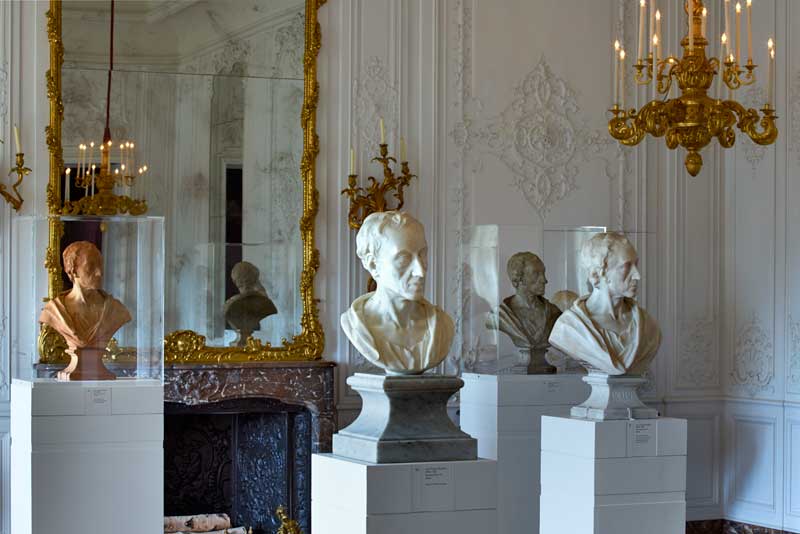

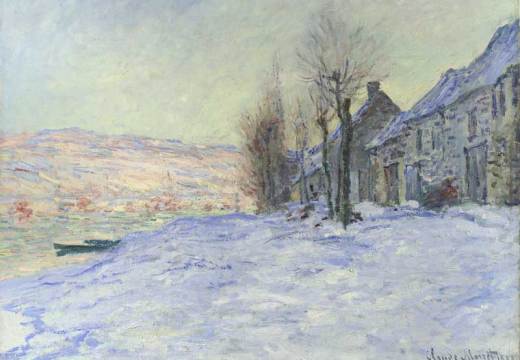
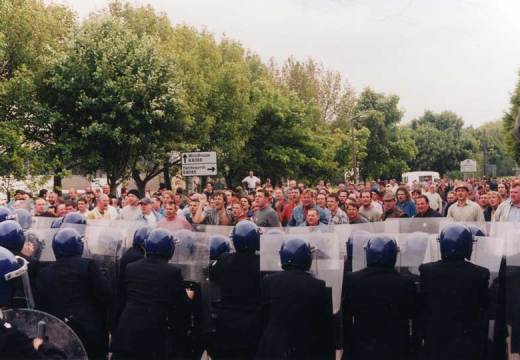
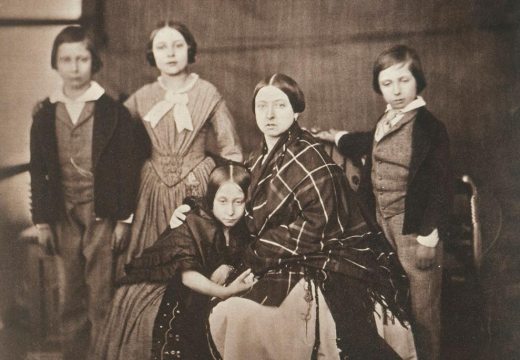









![Masterpiece [Re]discovery 2022. Photo: Ben Fisher Photography, courtesy of Masterpiece London](http://www.apollo-magazine.com/wp-content/uploads/2022/07/MPL2022_4263.jpg)
It’s time for the government of London to return to its rightful home